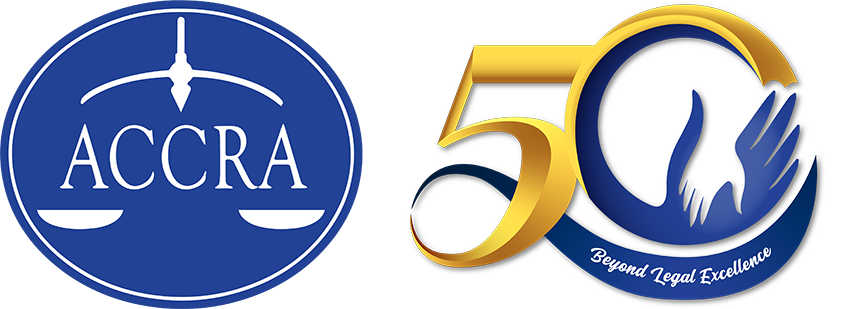In a bid to restart the economy, the government has rolled back most pandemic measures. With this, more and more employees are reporting to the office either as needed, pursuant to a set schedule, or for the entire workweek. The return to the workplace necessarily entails an increase in personal interactions among coworkers.
With the increased personal interaction with coworkers, employees get to see more sides of their coworkers’ personalities. Unfortunately, some employees who thought that they worked well with their coworkers while they were working with each other from different locations may now discover negative personality traits or faults on the part of their coworkers. While this may be limited to simple friction which may go unnoticed, the worst-case scenario is for the new interactions to result in hostile feelings among the members of the workforce that may affect their mental health.
Some may say that the mental health concern is a result of the hostile work environment, while others may simply classify as this as bullying. Traditionally, the term “bullying” refers to aggressive or intimidating acts performed by children or adolescents while in school. The more common terms used in discussing grievances in relation to co-workers, colleagues and superiors are “harassment” or “discrimination”. Unfortunately, the term “workplace bullying” has been used more often worldwide in recent years.
Unlike bullying in school, workplace bullying is not covered by any specific law in the Philippines. Republic Act 10627, or the Anti-Bullying Act, applies to school-related bullying and seeks to address a hostile environment that disrupts the education process. There were previous efforts to legislate similar laws to apply to the workplace. House Bill 815 was filed with the House of Representatives in 2016, while Senate Bill Number 1217 was filed in 2019. Both bills sought to prevent acts classified as bullying which include physical, emotional, and mental harm, profanities, name-calling, negative comments on how a person looks and dresses, cyber-bullying, spreading of rumors, false news, and gossip against an individual, threat and intimidation, taking of undue credit for work performed by others, and preventing access to workplace, career, and office opportunities.
While HB 815 and SB 127 have not yet been passed, this does not mean that persons who have the proclivity to perform hostile acts may just do as they please. The following acts are prohibited for being discriminatory:
- Discrimination to discourage or encourage membership in a labor organization (PD 442);
- Discriminating against an employee on account of race (PD 966);
- Discriminating against any female employee with respect to terms and conditions of employment solely on account of her sex (RA 6725);
- Discriminating against any solo parent employee with respect to terms and conditions of employment on account of his/her status (RA 8972);
- Discrimination and ill treatment of an indigenous person on account of his/her descent (RA 9371);
- Discriminating against a disabled employee or subjecting him/her to public ridicule due to his/her impairment/s (RAs 7277 and 9442)
- Discriminating against an employee on account of age (RA 10911);
- Discriminating against an employee with mental-health condition (RA 11036);
- Discriminating against an employee on account of actual, perceived, or suspected HIV status (RA 11166);
- Discriminating against female employees for them not to avail of maternity leave benefits (RA 11210);
- Discriminating against an employee who has cancer or is a cancer survivor (RA 11215);
- Discriminating against an employee who had or has tuberculosis (DOLE DO 73-05); and
- Discriminating against an employee on account of his/her Hepatitis B status (DOLE DA 05 Series of 2010);
If any hostile act is sexual in nature, this may be considered sexual harassment and one may invoke either the Anti-Sexual Harassment Act (RA 7822) or Safe Spaces Act (RA 11313) depending on the circumstances.
In case the employee’s hostile act is not covered by any of the aforementioned prohibitions, the employer may still take action if the act is proscribed by the Company Policy, Code of Conduct, or Employee’s Handbook. Improper conduct is usually penalized by employers who have a policy or its equivalent, and the term is broad enough to cover any hostile act.
If there is no code of conduct in place, the employee who displays disruptive behavior may be penalized for having an attitude problem as supported by substantial evidence. “Attitude problem” is broad enough o cover any acts of bullying, harassment, or discrimination. As early as 2005, the Supreme Court declared that “an employee’s attitude problem is a valid ground for his termination. It is a situation analogous to loss of trust and confidence that must be duly proved by the employer.” Further, it was discussed that “An employee who cannot get along with his co-employees is detrimental to the company for he can upset and strain the working environment. Without the necessary teamwork and synergy, the organization cannot function well. Thus, management has the prerogative to take the necessary action to correct the situation and protect its organization.”
Therefore, employers and victims of workplace bullying have potential remedies despite the absence of a law that specifically addresses workplace bullying. However, it would be best if employers are able to determine if applicants fit the culture of the company and would not disrupt the peace.
This article is for informational and educational purposes only. It is not offered and does not constitute legal advice or legal opinion.
Martin Luigi G. Samson is an associate of the Angara Abello Concepcion Regala & Cruz Law Offices (ACCRALAW), Davao Branch.
[email protected]
(6382) 224-0996




